Culture Perth & Kinross and the University of Stirling have just published a comic about the Stone of Scone. The Culture Perth and Kinross Youth Collective produced it as the outcome of a workshop jointly organised by Culture Perth & Kinross and the University of Stirling, working with Magic Torch Comics, and with funding from Perth & Kinross Council.
The 2 December 2023 event was part of the Authenticity’s Child research project, supported by the British Academy / Leverhulme Trust and the Centre for Scottish Studies of the University of Stirling.
As part of this project, I have delivered workshops in partnership with Perth Museum’s Dr Mark Hall targeting three different demographics: primary school children (see here), women (see here) and now young adults, as well as met with Scone Reminiscence Group. Supported by the Gannochy Trust, the Youth Collective comprises 16-25 year-olds from across Perth and Kinross who help develop and deliver events, activities, displays, and content across Perth Museum, Perth Art Gallery, and libraries; this included a major new exhibition at Perth Art Gallery. The Collective not only ensure Culture Perth and Kinross represents the voices and interests of local young people, but also gain valuable insights into cultural careers and employability skills working alongside museum, gallery, and library staff. The Collective were therefore an ideal group for the project to work with.
In co-designing the workshop, Mark and I were seeking to answer the following research project questions:
• What do the young adults currently know / understand / feel about the Stone?
• How do the young adults understand how the Stone ‘works’? What is the Stone doing differently at each stage of its life, in different places, and why?
• How do the young adults respond to the materiality of the Stone?
• At the end of the exercise and having learnt more about the Stone from multiple sources, what stories do the young adults think are the most interesting and important to tell about the Stone? If the Stone could talk what would it say?
• If / how the young adults respond to / engage with its (linear) life story
• What place, if any, does the movement of the Stone play in this and why?
• What other themes emerge in the interest of the young adults, e.g. repatriation
• What untold potential does the Stone’s story have for engagement with young adults?
Paul Bristow of Magic Torch Comics led the workshop, with participants learning how to script a comic, and then scripting their own comic about the Stone. Later, a professional comic artist was selected by the Collective to work up their script into the comic, which was finalised with input from the team. Mark, Nicola de Gouveia and Professor Siân Jones (who very kindly stood in for me at short notice due to illness) also participated, while at the same time Siân also made ethnographic observations for me. (I had previously briefed the Collective members about the workshop activity and obtained their informed consent.)
The participants had been encouraged to do some research in advance to learn about the Story of the Stone (download their briefing below), but Mark offered a recap on the Stone’s life on the day. Props were provided: a vintage map of London, a model of the type of car in which the Glasgow students drove to Scotland and back, and various replicas and souvenirs.
The ethnographic observations and the comic itself will be analysed as part of my research findings. As well as fulfilling this project’s research objectives, the comic is part of the wider celebration of the return of the Stone of Destiny to Perthshire. Going forward, it is also a tool for stimulating non-academic impact from the research project.
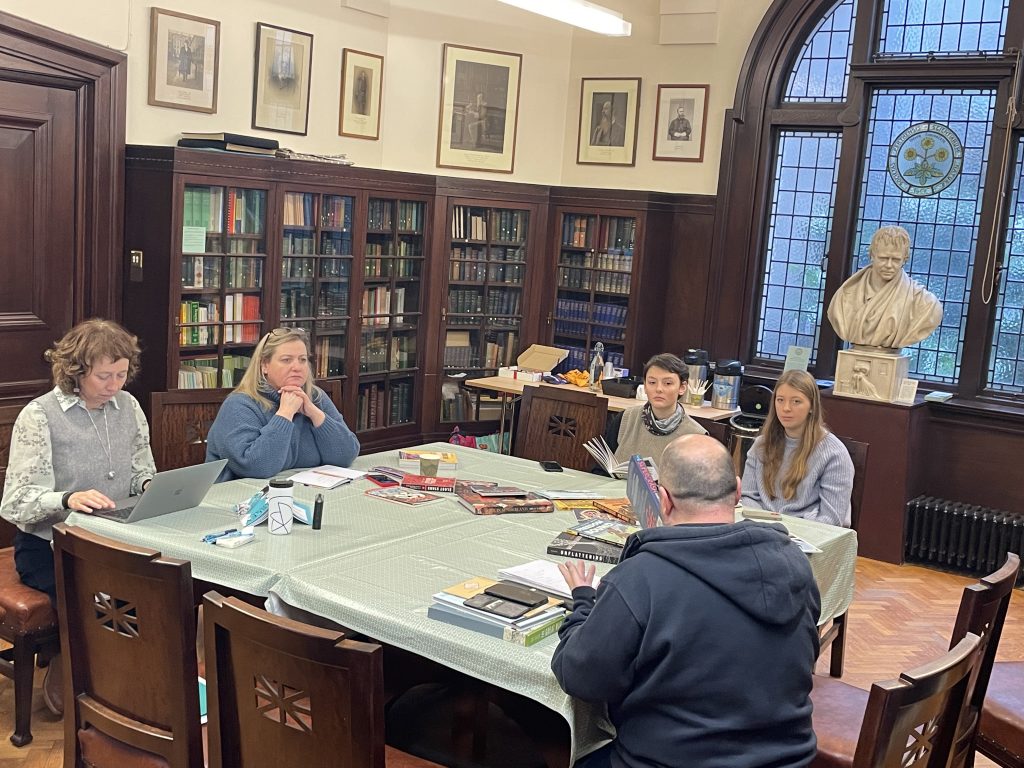
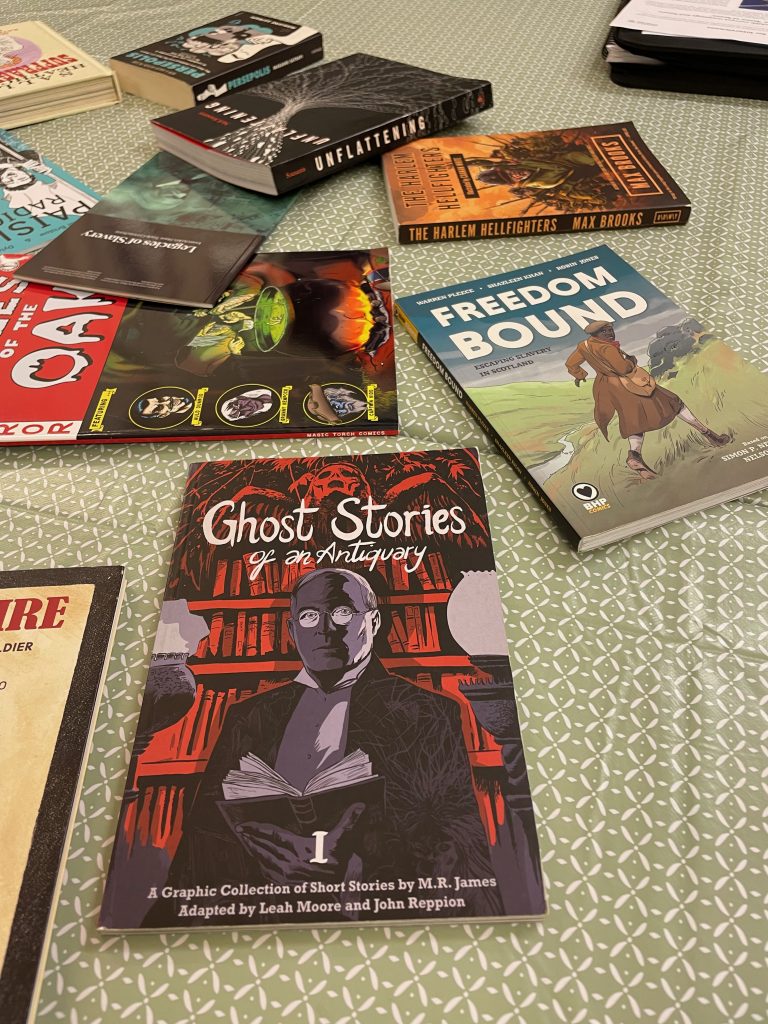
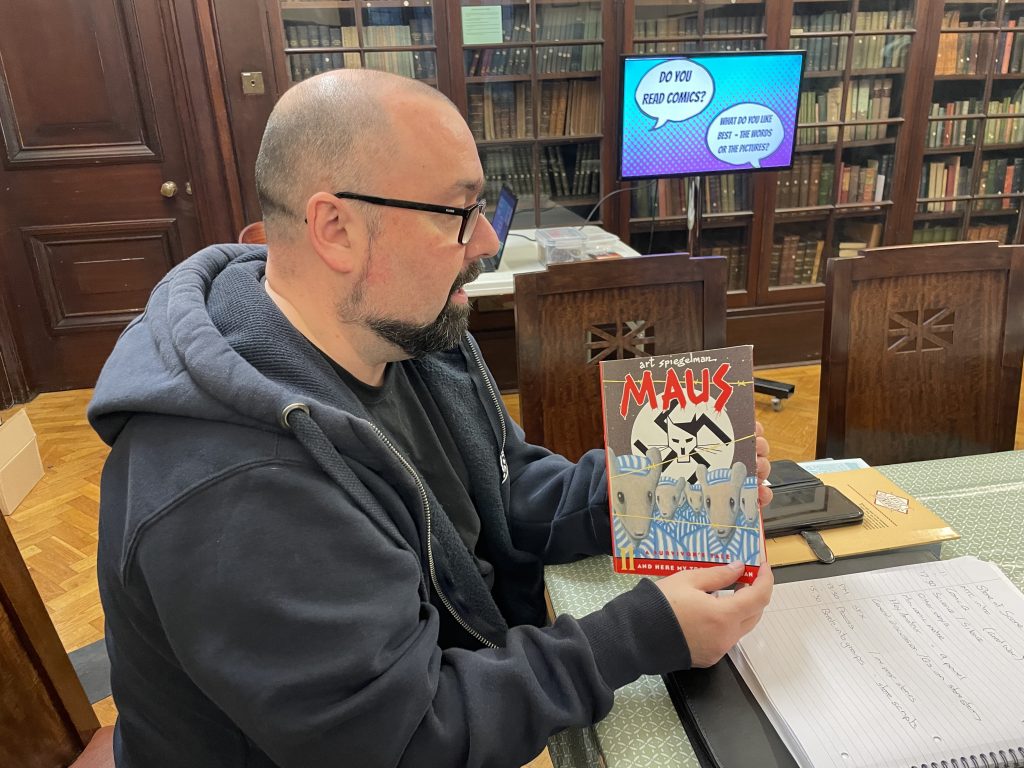
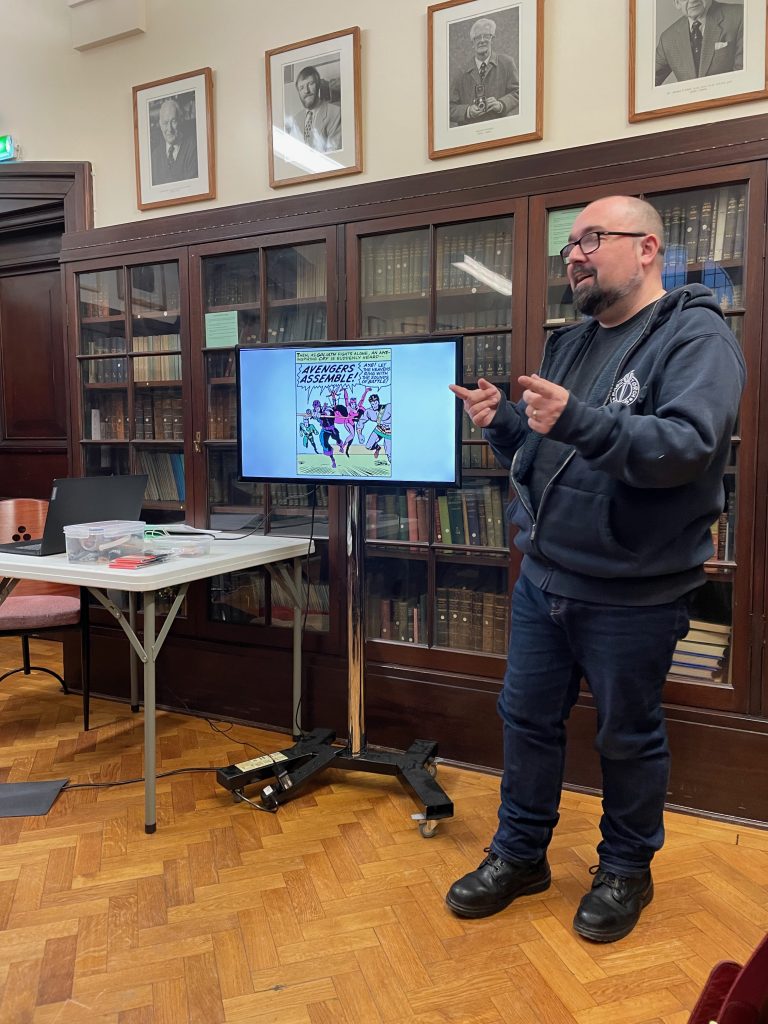
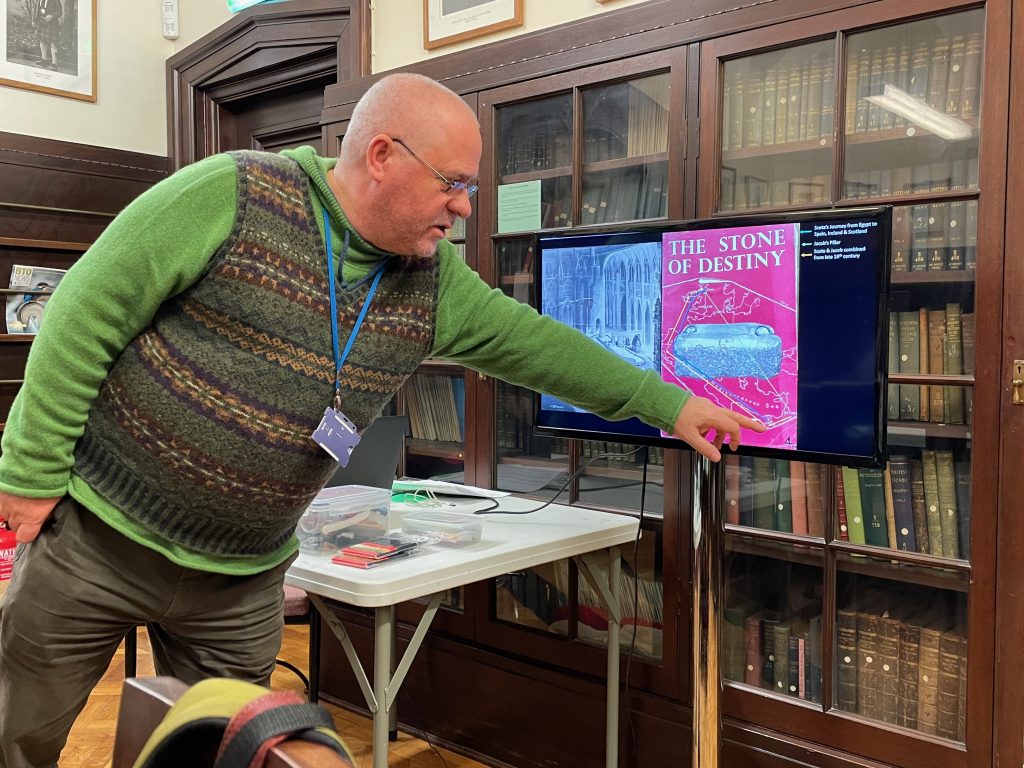
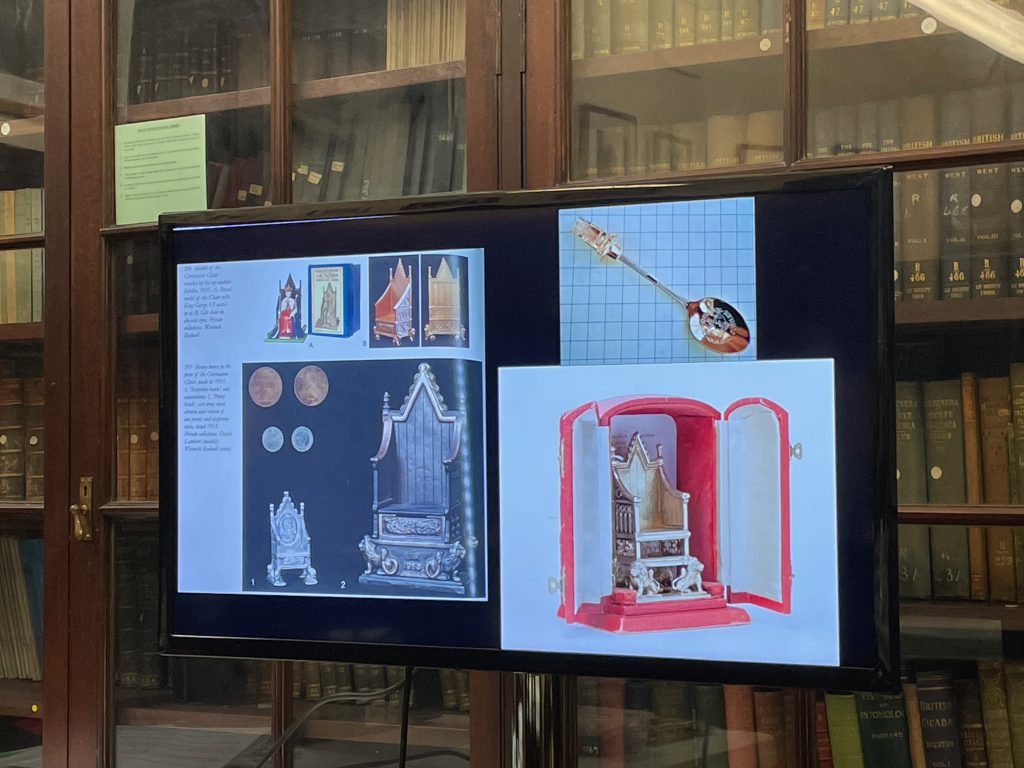
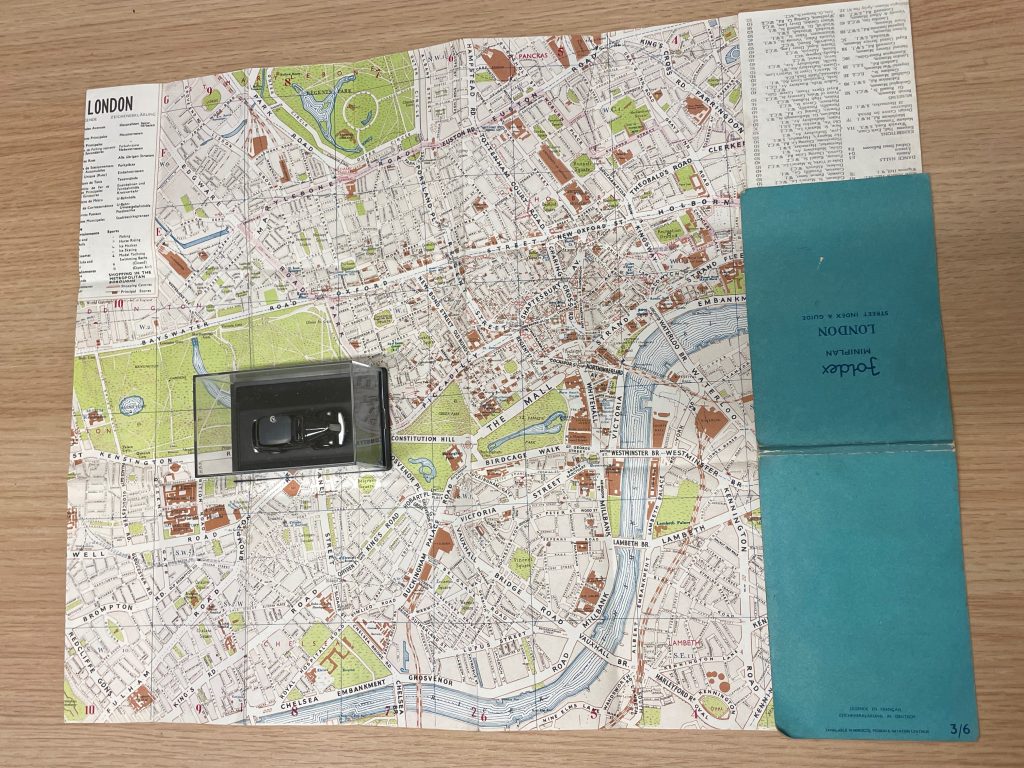
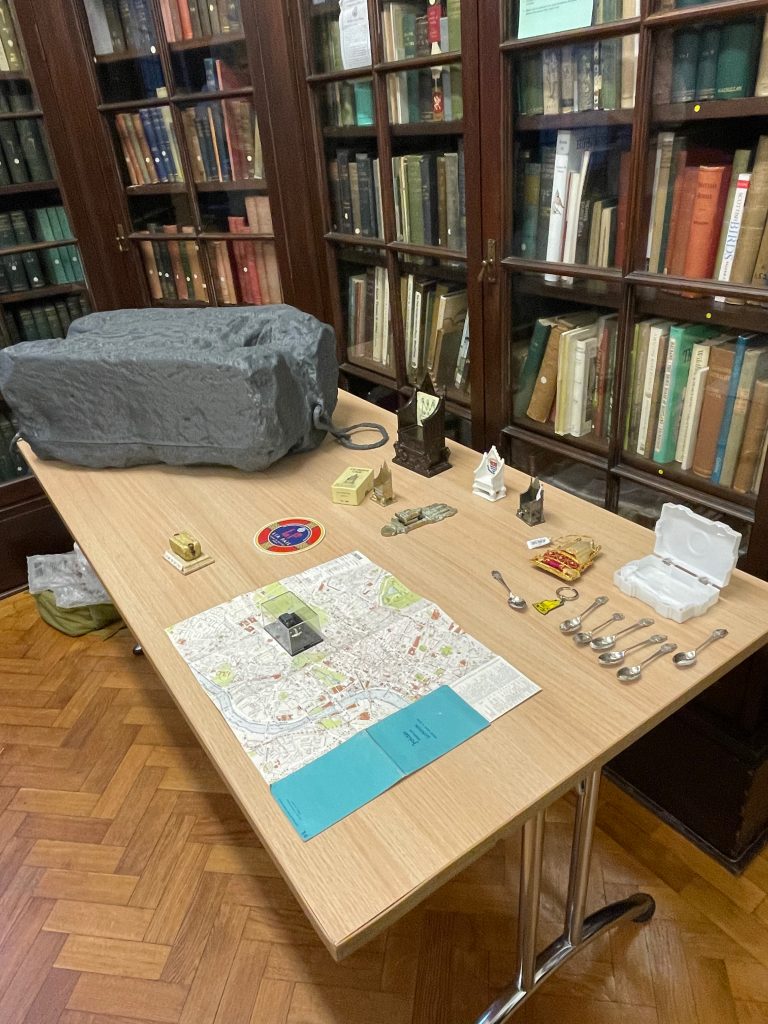
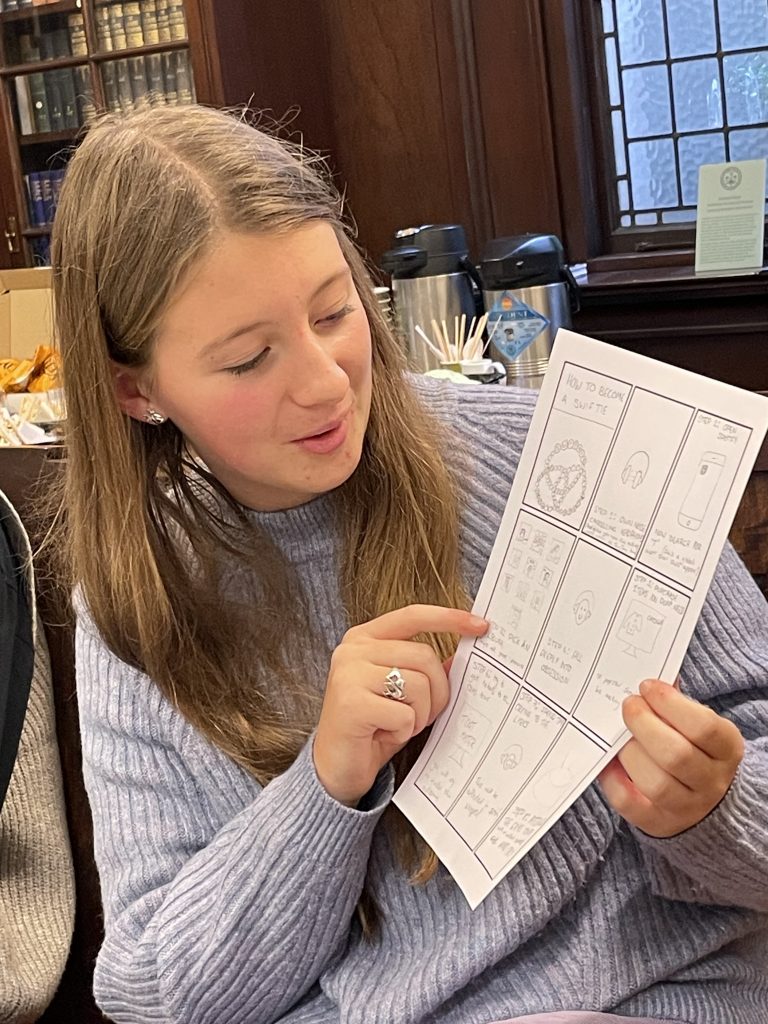
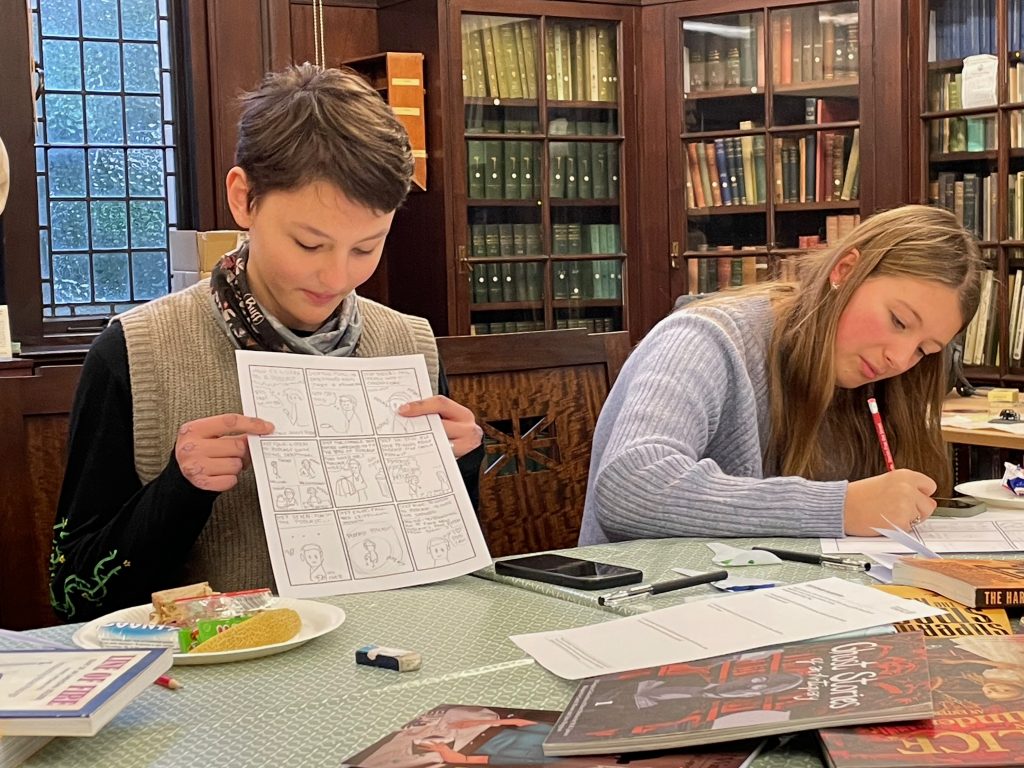
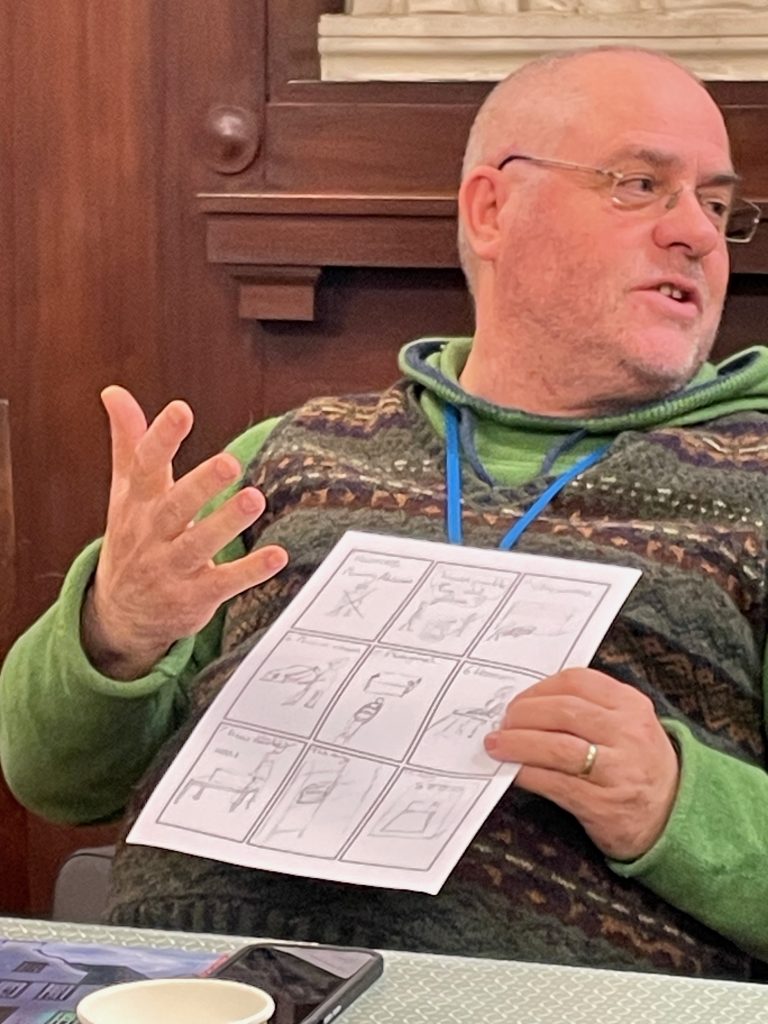
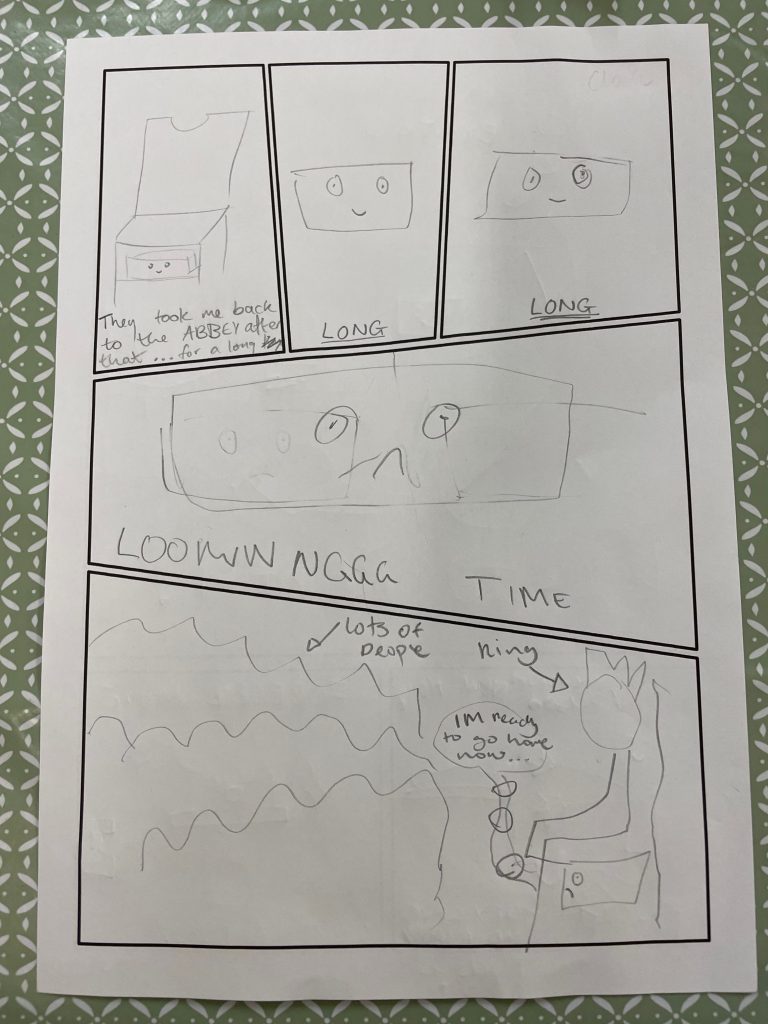
I offer an enormous thank you to everyone who was involved in making this workshop and the comic happen.

Queries or further information: Professor Sally Foster. Full project website: https:\\thestone.stir.ac.uk.
